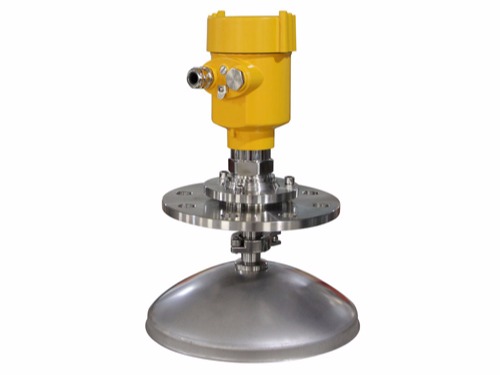Amid the wave of industrial automation, radar level meters have become the preferred tool for measuring liquid levels across various fields due to their outstanding performance and precision.
This is especially true in the unique environment of coal washing plants, where accurate monitoring of the materials within the coal washing tank is particularly critical.
This article aims to explore the application of radar level meters in the measurement of coal washing tanks and to analyze their technical advantages and practical effectiveness.

The coal washing process involves the separation of a large amount of solid particles from liquids, which requires extremely high accuracy in level monitoring. Traditional level measurement methods, such as float-type and pressure-type meters, often struggle to achieve the desired measurement accuracy due to the complex environment within the coal washing tank.
In contrast, radar level meters utilize the propagation characteristics of high-frequency microwave signals, enabling precise, non-contact measurements even under harsh operating conditions. This provides an efficient and reliable solution for coal washing plants.
Radar level meters operate by transmitting microwave signals via an antenna. When these signals encounter the surface of the material, they are reflected back, and the returning signals are captured by a receiver and converted into electrical signals. The liquid level height is then calculated based on the time difference between the transmitted and reflected signals.
The advantages of this technology include its resistance to factors such as temperature, pressure, and dust, as well as its simple installation and maintenance, fast response time, and suitability for continuous monitoring.

In the application of coal washing tanks, radar level meters have demonstrated significant technical advantages. Firstly, the presence of a large number of suspended coal slurry particles in the tank can interfere with traditional measurement equipment.
However, radar waves have the ability to penetrate these particles, effectively avoiding such interference and ensuring the accuracy of the measurement results. Secondly, the coal washing process generates a considerable amount of foam, which can lead to severe measurement errors when using contact-based measurement devices. The non-contact measurement method employed by radar level meters fundamentally eliminates this issue.
Moreover, the harsh environment of coal washing plants, characterized by corrosive gases and high humidity, imposes higher demands on the corrosion resistance and stability of the equipment. Radar level meters, typically made of stainless steel, offer excellent corrosion resistance, and their electronic components are isolated from the measured medium, ensuring stable long-term operation.

However, in practical applications, several key factors still need to be considered. For example, the shape and size of the coal washing tank can affect the propagation path of the microwave signals. Therefore, when installing radar level meters, it is essential to carefully select the installation position and angle.
Additionally, the presence of agitation equipment within the tank may interfere with the microwave signals. This necessitates that technicians take these factors into account during the design phase, potentially adjusting the equipment parameters or implementing shielding measures to minimize the impact.
